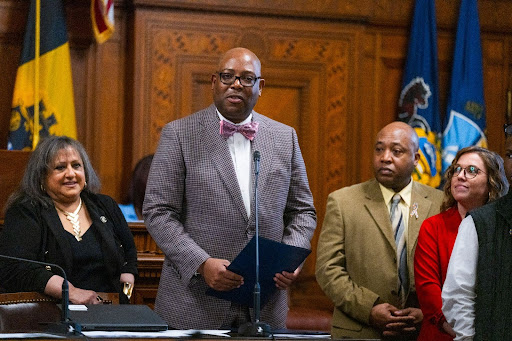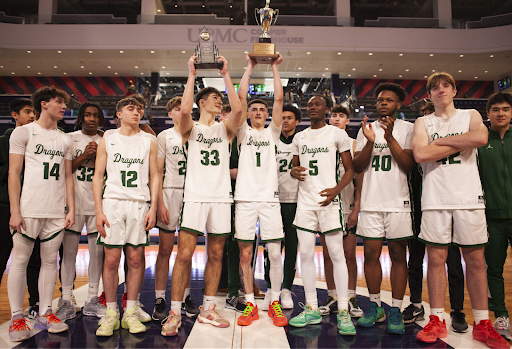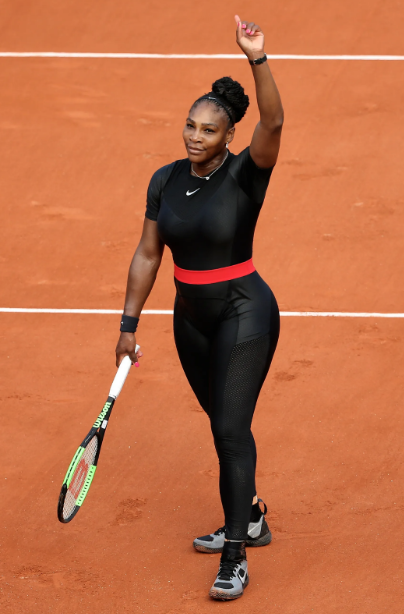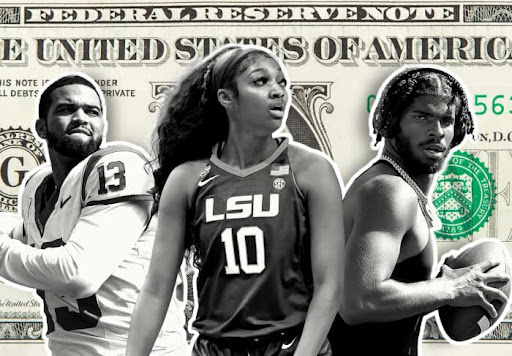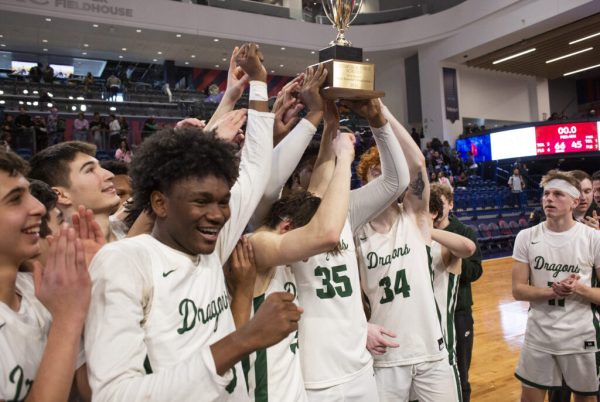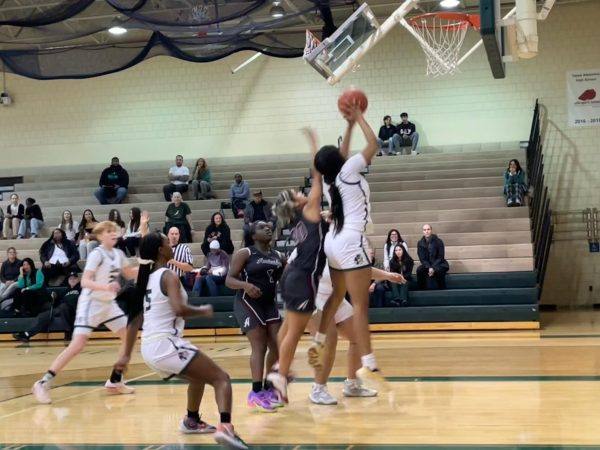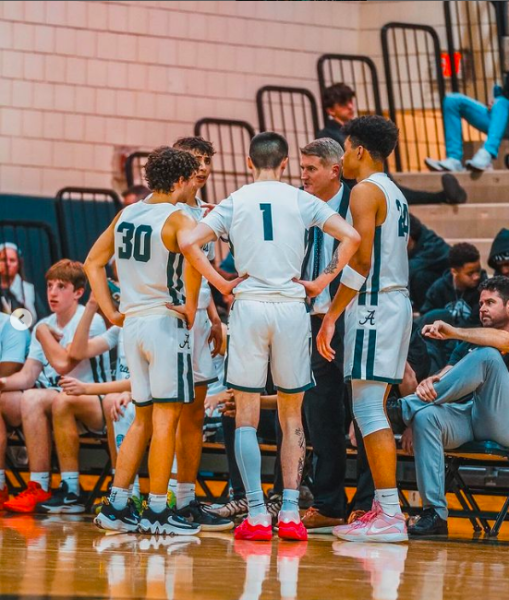Serena Williams’ Legacy Goes Far Beyond the Court
In Serena Williams’ recent Vogue essay, she says she “never liked the word retirement,” but she is “evolving away from tennis.” During her tremendous career, Williams has won 23 Grand Slam singles titles, coming only second to Margaret Court, who has 24 titles. However, Williams’ impact off the court is just as impressive. From her iconic style and outfits to her boycott of the Indian Wells Masters Series Tournament, she has shown why so many people look up to her.
Williams played her first pro tennis match in 1995 at only 14 years of age in the Challenge Bell tournament, and went on to win her first Grand Slam at the U.S. Open when she was 17 years old. Throughout her career she went on to win 39 grand slam titles; this includes 23 single titles, 14 doubles titles and two mixed doubles titles.
Williams has continuously advocated for social justice and change. In 2001, Williams boycotted the Indian Wells tournament when she was only 19. Williams was set to play Kim Clijsters in the finals. Her father, Richard Williams, had been accused of pre-determining match ups between Serena and Venus earlier in the tournament. This theory had gained traction and when Venus and Richard took their seats the crowd began to boo them and Serena.
Serena later said in her autobiography On the Line, “I looked up and all I could see was a sea of rich people–mostly white–standing and booing lustily, like some kind of genteel lynch mob.” Williams said through “the chorus of boos” she could hear racial slurs directed at her. Serena and Venus decided to boycott the tournament due to her treatment in the final. This boycott lasted for 14 years. In 2015, Serena decided to return to the Indian Wells tournament.
The Indian Wells tournament is only one of countless instances where the treatment of Williams has highlighted the disparities in how Black people, especially Black women are treaten, in comparison to their white counterparts.
Williams’ life-threatening experience while giving birth is yet another example. Williams had serious complications right after the birth of her daughter Alexis Olympia. In an essay for Elle she says she had said to a nurse “I need to have a CAT scan of my lungs bilaterally, and then I need to be on my heparin drip.” To which the nurse replied, “I think all this medicine is making you talk crazy.”
Williams continued to say that something was seriously wrong, but the nurse continued to rebuke her concerns. Eventually, the nurse called in the doctor, who agreed that they should check. She got a CAT scan, and Williams was right: she had a blood clot in her lungs.
Thankfully, Williams ended up getting the treatment she needed, but this is not always the case for Black women. In her essay, Williams also points out that black women are three times more likely to die while giving birth as opposed to white women. Williams said in her Elle essay that “Being heard and appropriately treated was the difference between life or death for me.” This essay triggered a public debate and media coverage about the critical question Willaims raised: if someone as rich and famous as Serena Williams could barely get her nurse to listen, what were the chances that Black women without that influence could?
One of the most powerful examples of Williams’ legacy is young player’s crediting Williams as someone they looked up to growing up. Naomi Osaka beat Williams in the controversial US Open final for her first Grand Slam title at 20 years old, while Williams was chasing her 24th Grand Slam title.
Osaka, now 24, praised Williams. “She changed the sport so much. She’s introduced people that have never heard of tennis into the sport. I think I’m a product of what she’s done.”
Coco Gauff, an 18 year old rising star said, “Growing up, I never thought that I was different because the number one player in the world was somebody who looked like me.”
The testimonies of Gauff and Osaka show how important Williams’ influence in the sport, and the world is, and how it will only continue to grow.
Gwendolyn Bernardini is a sophomore at Pittsburgh Allderdice High School. She enjoys writing about social justice issues and media representation. In her...


